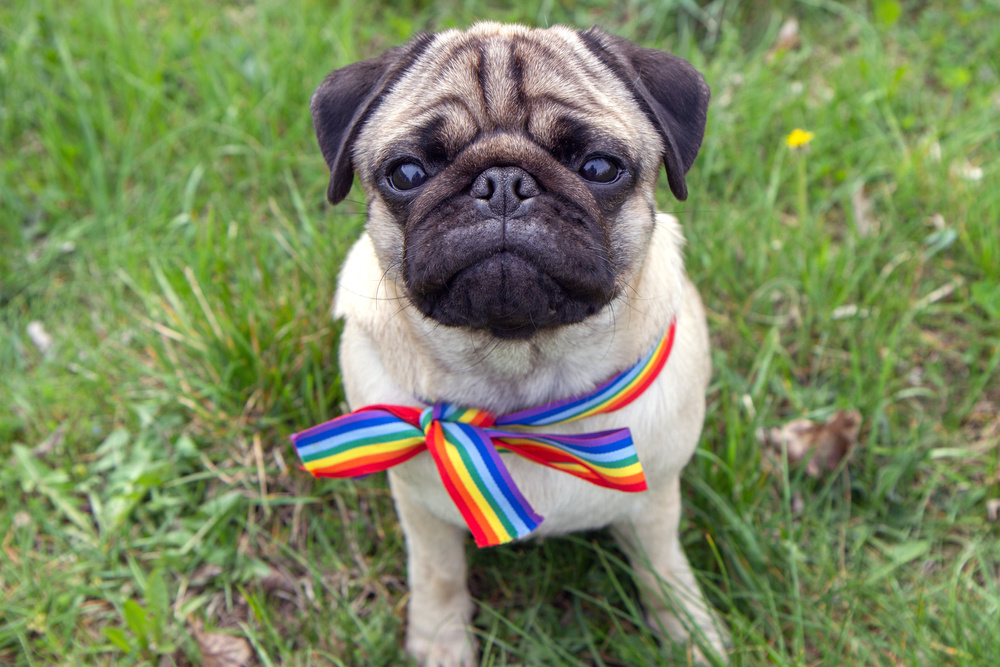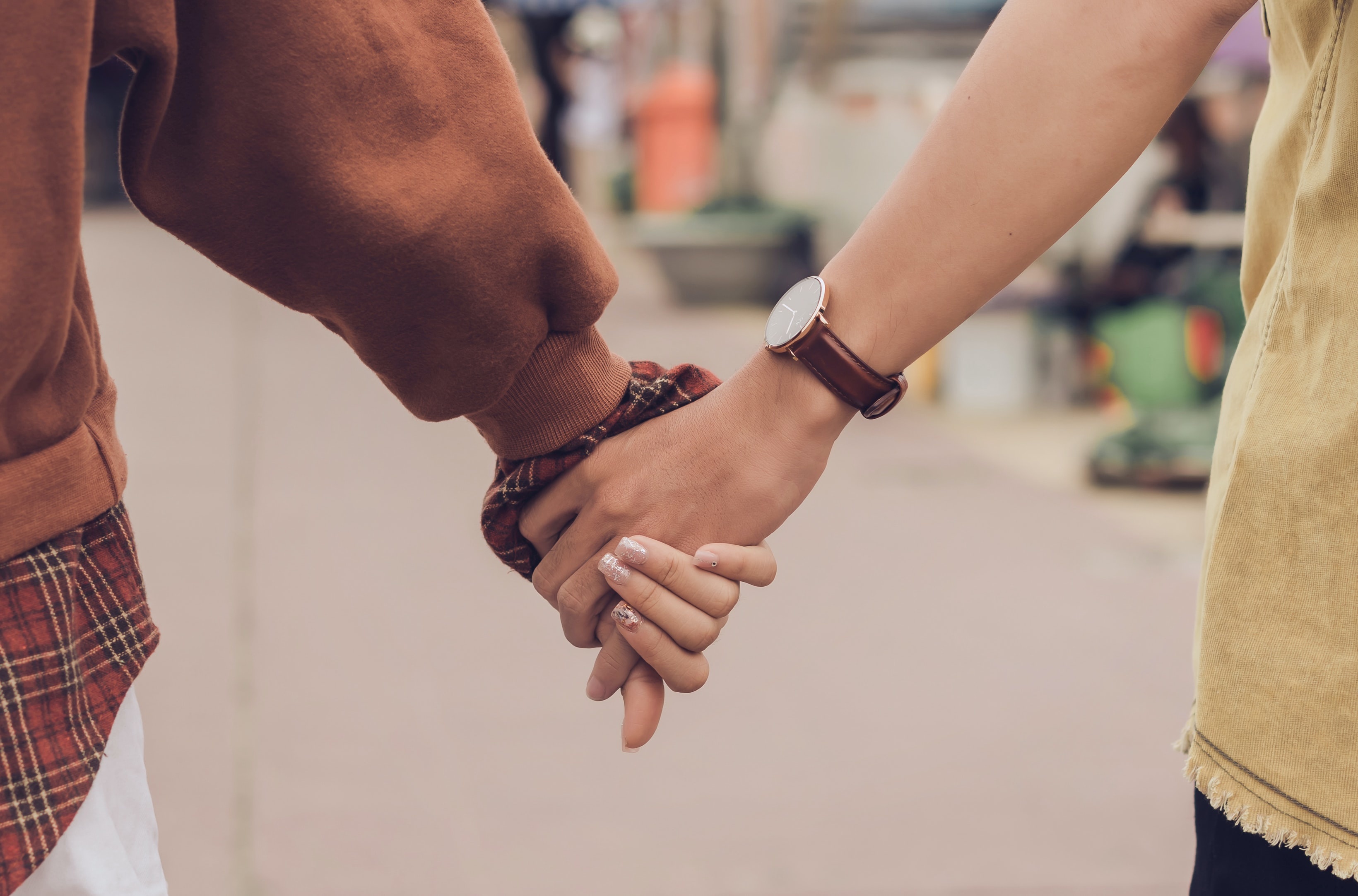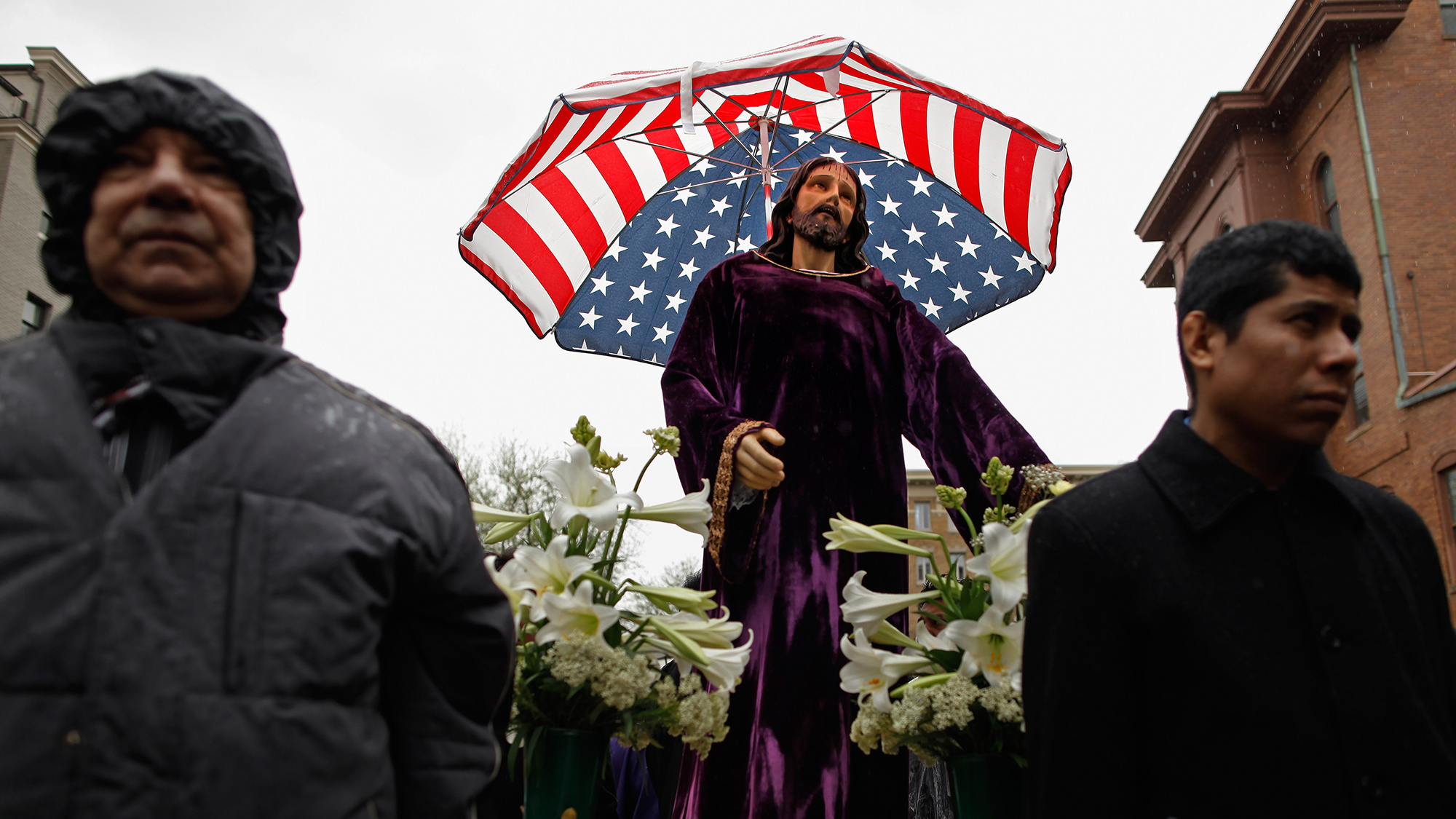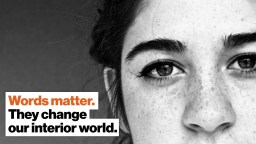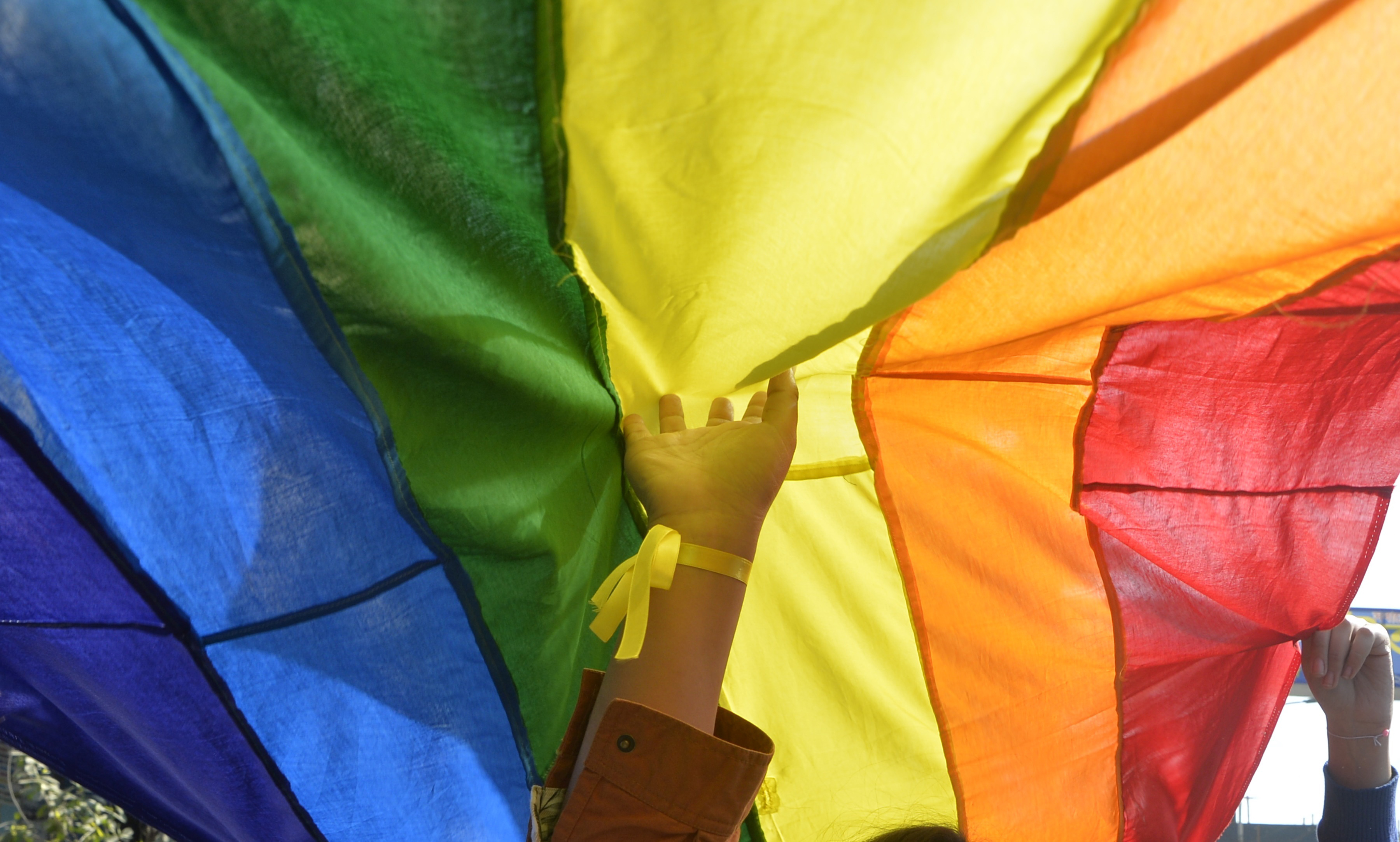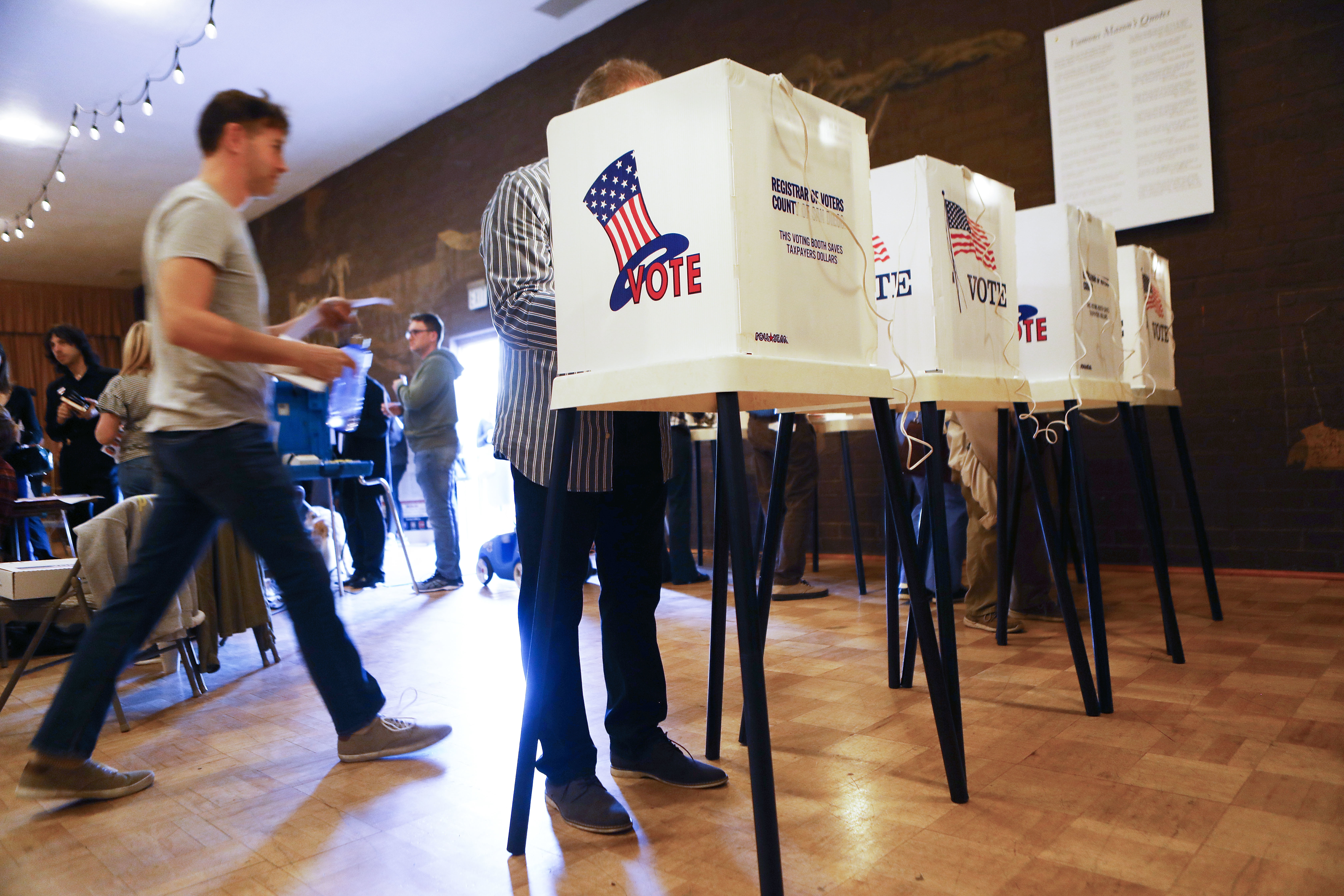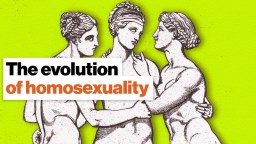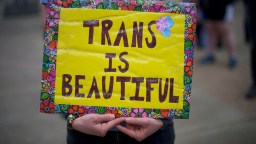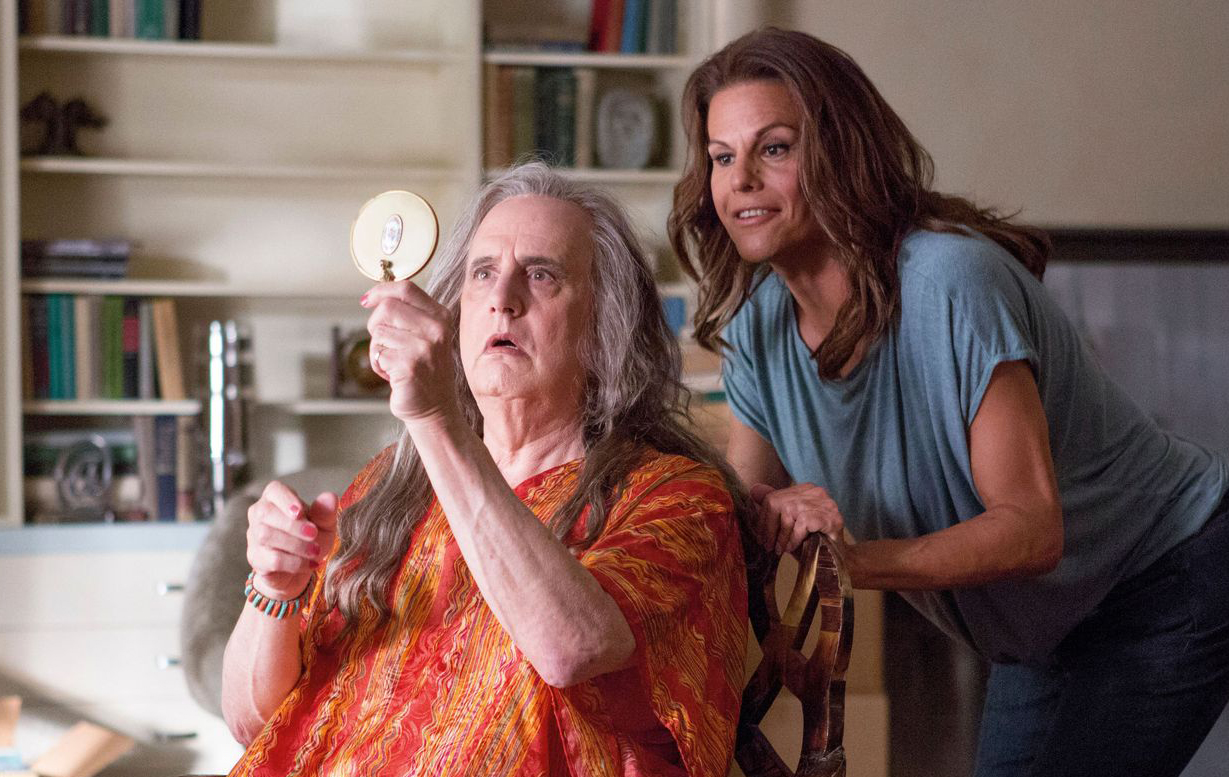Transgender
New research shows that experiencing an opposite-sex body in virtual reality impacted the subject’s gender identity.
There are pros and cons to owning a pet as a marginalized individual.
Sexuality is fluid and it’s important that people get to define it for themselves.
The separation of church and state is being dismantled one bill at a time.
Discrimination is up across the board.
Many of us don’t fit perfectly into existing social narratives. But we can still find our own way.
▸
6 min
—
with
“It is unthinkable in this day and time that the law requires a sex-change operation to change gender.”
Voters decided on major changes on issues like marijuana, abortion and Medicaid.
How did human homosexuality evolve?
▸
4 min
—
with
What can parents and friends of trans people do to help them beat the dismal mental health and suicide statistics? A lot, says Elijah Nealy.
▸
10 min
—
with
A transgender woman was able to breastfeed her baby after completing an experimental treatment regimen, but it’s still not clear what the effects of the breastmilk might have on the child.
When we are asked to check a sex-identity box on a bureaucratic form, what definition of sex is being invoked and to what end?
Bennett Singer explains why coming out matters—for the LGBTQ community and the straight community alike, and especially for those who are not in a safe position to do so.
▸
4 min
—
with
There’s a hidden hypocrisy within bathroom laws based on biological sex.
▸
5 min
—
with
Some patients who went through gender reassignment surgery reported feeling just as out of place. A few were even suicidal.

